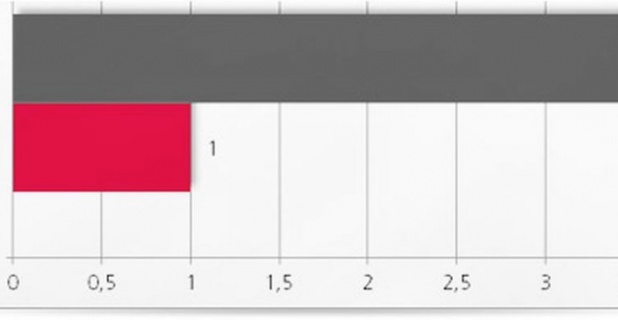The results of the international PIM study shows a return on investment (ROI) from an Enterprise Product Information Management (PIM) solution is possible within the framework of a multichannel commerce strategy.
Over 400 retailers and manufacturers from 14 countries participated in the extensive study by Heiler Software. The study delivers more than 30 pages measurable results.
The study shows benchmarks how international retailers and manufacturers can optimize their business model, revenues and costs with PIM.
Three examples to achieve return on investment (ROI) through product information management (PIM) are time to market in e-commerce, higher margins and conversion rates as well as cost savings when bringing in new suppliers.
Margins Increase 44 %, Conversion rates Increase 35 %
The ROI results of the study show here that, through the agreement of answers in several factors, reliable results were achieved: the respondents, retailers as well as manufacturers, stated that positive revenue and profit effects were observed using PIM.
When looking at the survey results it can be clearly seen that the factors
• conversion rate
• increase in margin
• acquisition of customers
• basic sales factors
represent the most important factors for the respondents to gain ROI.
E-Commerce Performance of Manufacturers
The increase of the conversion rate without PIM was 27%, with PIM at 62 % (+ 35%) and likewise the increase in profit margin without PIM was at 36% and with PIM at 80 % (+ 44 %) with PIM was seen as a significant PIM benefit. However the acquisition of customers at 69 % with PIM was estimated as being 30 % higher than the performance without PIM.
In summary Product Information Management is seen as a key factor for sales figures. Information Quality influences buying decisions through product comparison, search, filtering, targeting, cross-selling and more.
75% More Speed for e-commerce
The enormous growth rate of e-commerce also means an increase in the demand for data quality in the web shop. In this context, the length of time from discovering the fault to its remedy is an important key performance indicator for the web shop. Here the use of PIM reduces the period of time significantly from an average of four hours to one hour. This represents an increase in the market speed of 75 %.
Length of time for remedying an error in a web shop
Implementing a product information management is not an IT architecture project only. It is an enabler for effective and rapid process chains from supplier adoption through multichannel commerce to achieve return on investment (ROI).
The study also shows that PIM is not a pure IT project, but must be on the interactions with business processes, responsibilities for data and the demands for speed and turnaround times and proof position.
Success factor: Faster Supplier integration in Retail
For many participants, on-boarding new suppliers represents an expenditure and cost risk, in particular the integration of data sources for product data quality and business process performance is of greatest significance.
As part of their multichannel commerce strategy, retailers need to integrate supplier data much more often each year. In this respect, 26 % of retailers carry out more than 100 new data integrations per year.
From examples given by the surveyed retailers it was clear that the length of time for integrating suppliers’ data has hugely reduced: using PIM, 54 % of the integrations were implemented within two weeks. Before the introduction of PIM this figure was only 15 %. 45 % were implemented within 3-4 weeks (with PIM 25 %) and 35% required 1-6 months (today only 21 %).
How long does it take to integrate a new supplier?
The ROI study confirms that the retailers using PIM were considerably faster in implementing the integration of their supplier data and thereby they not only generated cost reductions for their business strategy but also achieved sales/revenue relevant effects (speed, increase in range of goods, integration of niche articles.










